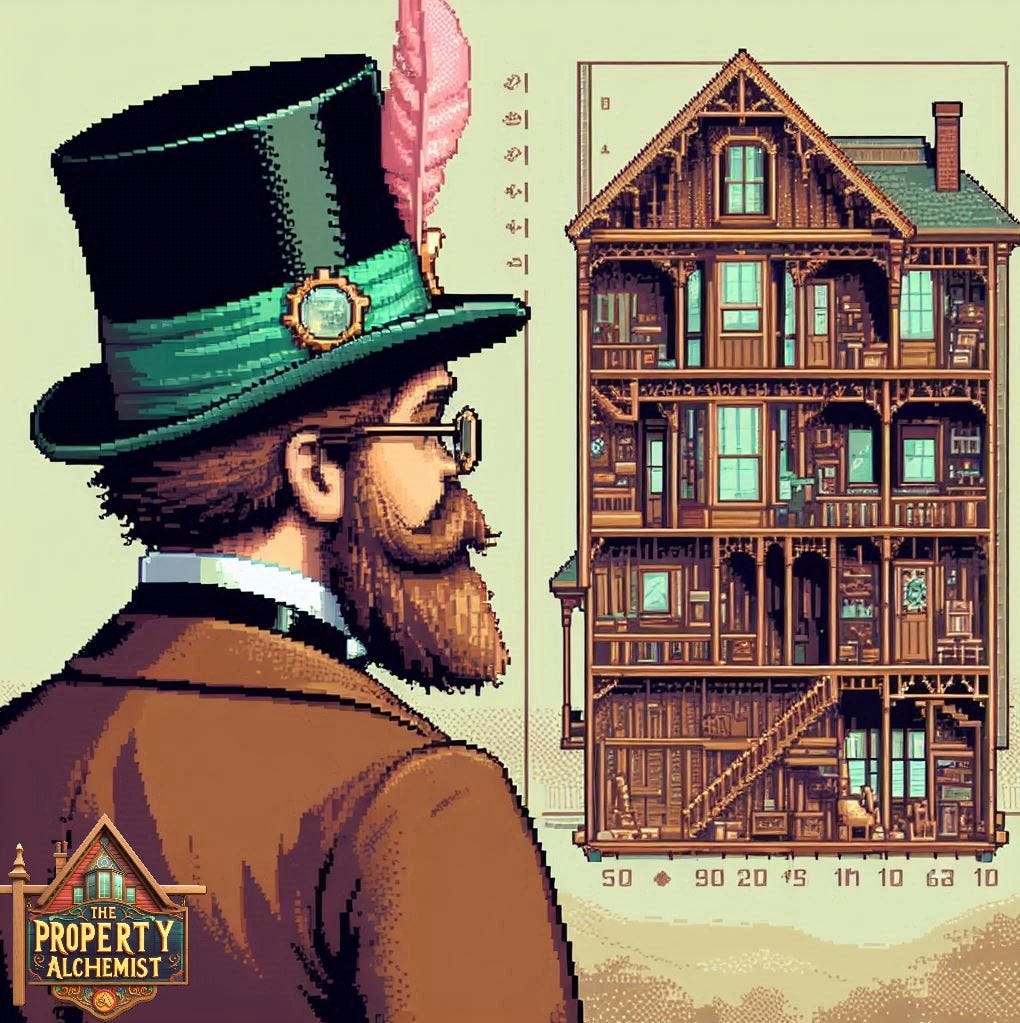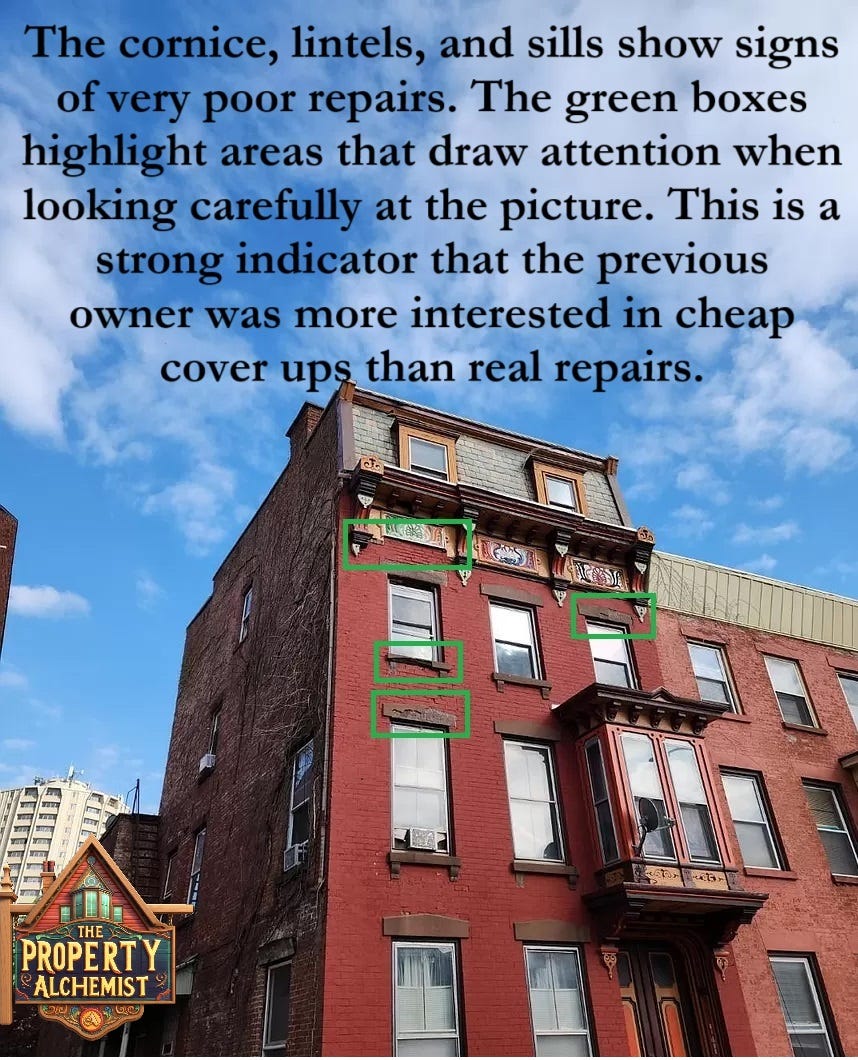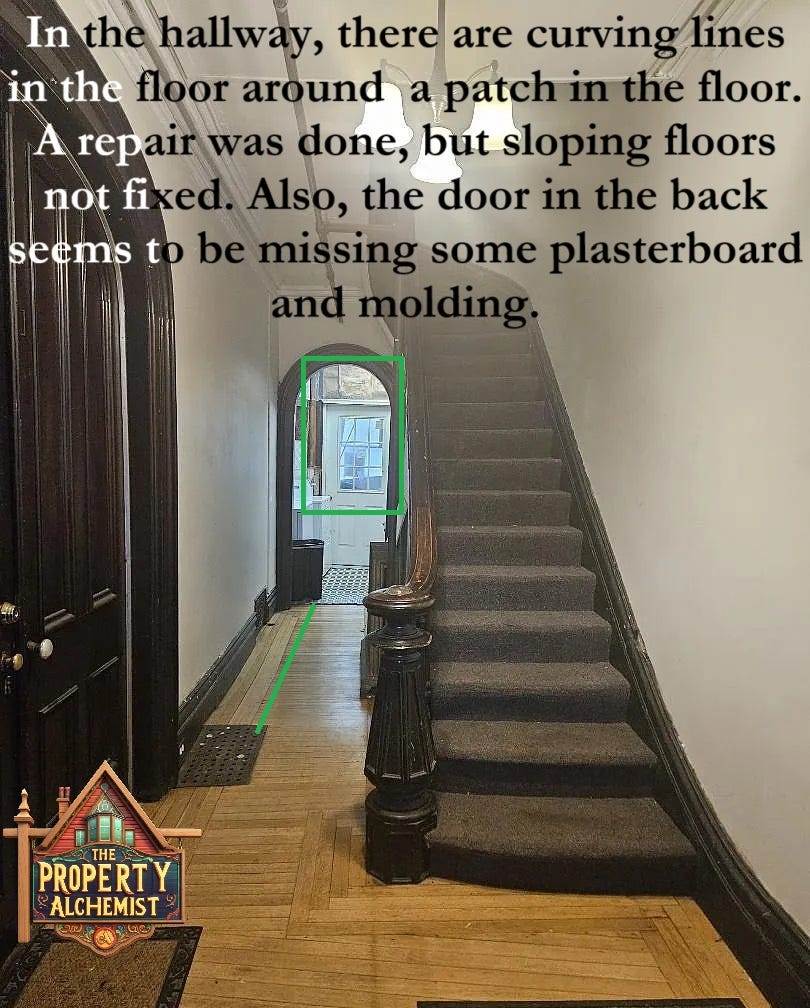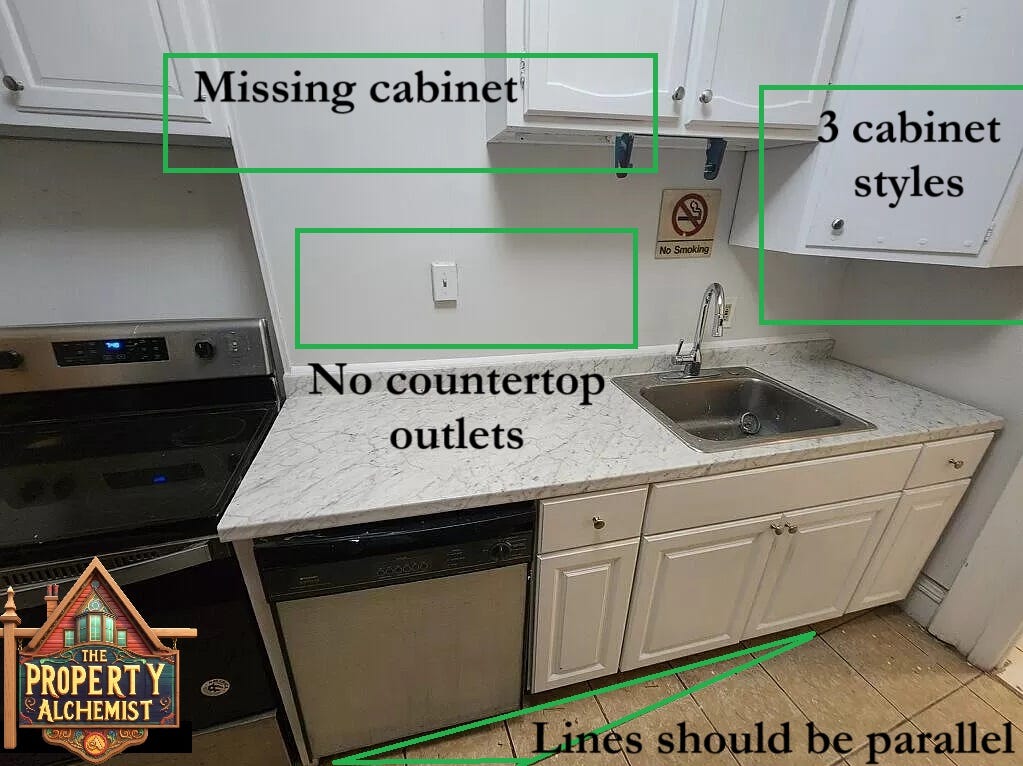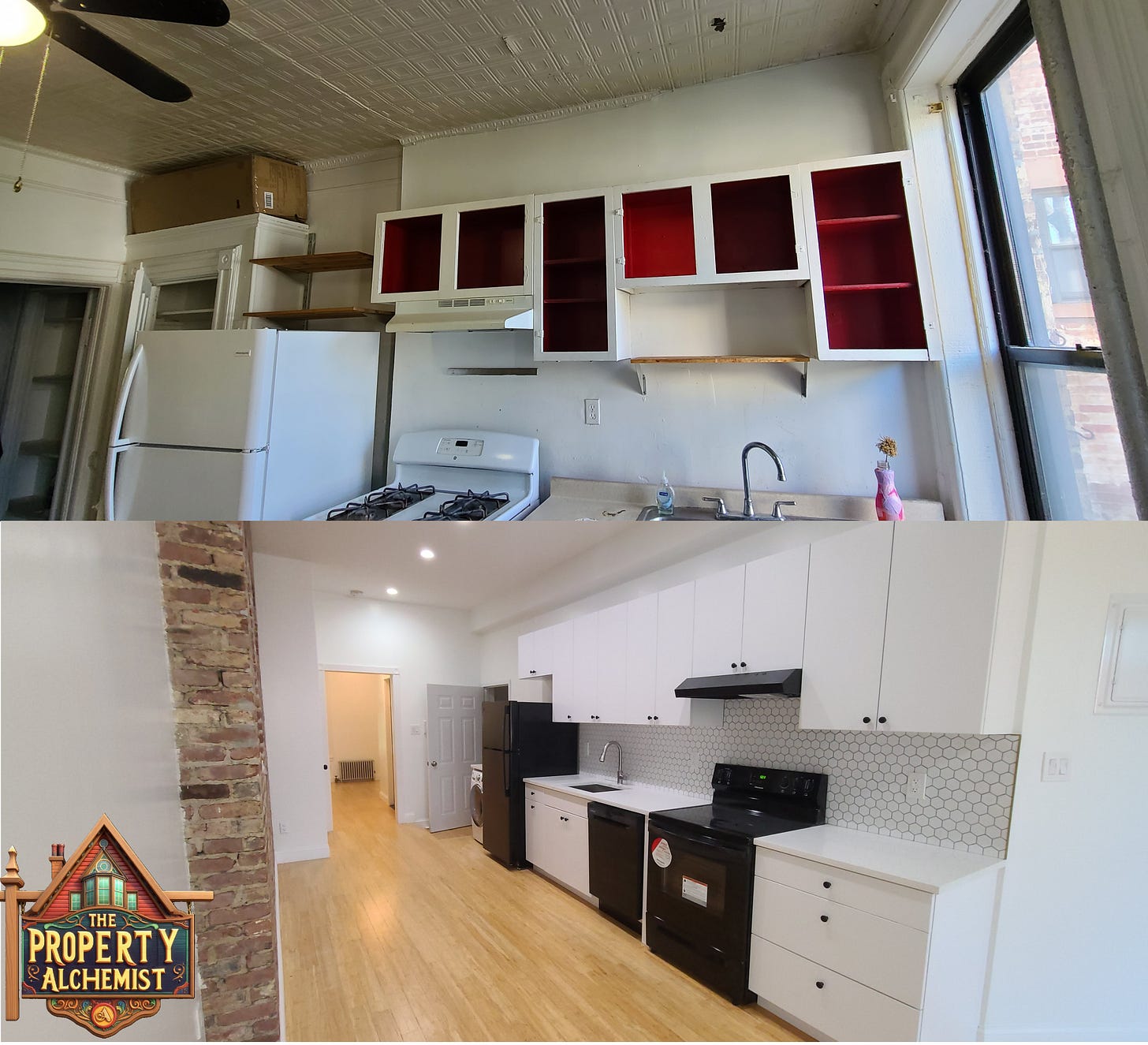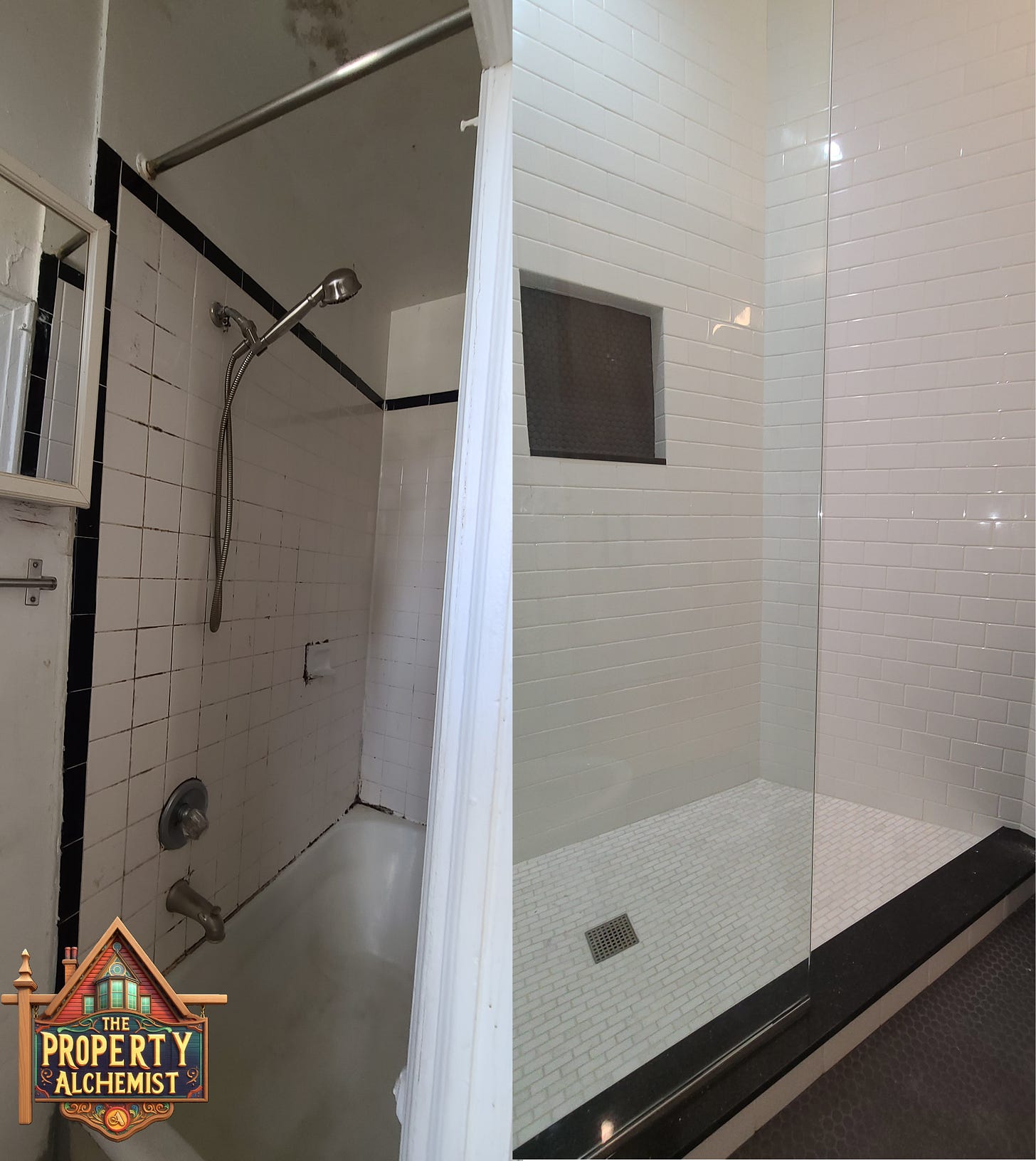Master the Dark Art of Property Photo Interpretation
Every real estate adventure usually starts with a photo. A picture you see while looking at a listing captures your attention. If you are going to take the time to check out a listing, you want to make sure that this property listing is even in your ballpark. The easy part of reading a listing is gathering the basic stats, square footage, number of units, property taxes, etc. All the hard data. The real challenge is figuring out if the condition of the building makes it worthwhile to continue to pursue this deal. For that there is no hard data, only the dark art of interpreting listing photos.
Understanding the condition of a building is critical to determining its real value. A new roof, furnace, or septic tank can easily eat up more than a year's worth of profits. So, a key skill for finding deals worthwhile considering is the ability to get to a quick 'no'. There are just too many listings to consider. So, having a defined strategy is key. If you are a turnkey investor, you want to make sure that the property you are buying has very little deferred maintenance. You will pay a premium, but you will have fewer headaches. If you are looking for a deal where value can be added, improvement investment, you are looking for the properties with as much deferred maintenance as you are willing to take on. New paint and carpets vs. total gut job. Divining the state of the property is the objective of our dark art.
What's the point of spending the time to go see a property whose condition is much worse than you assumed? Sure, everything is negotiable, but finding a deal at the right price is many times easier than convincing a seller their price is way too high. The key is to be able to make a relatively educated guess on the condition. To do that, one needs the ability to look at the photos in the listing like an investor, not a home buyer. Savvy sellers, those that practice property alchemy, know what they need to show off about their property to highlight its quality and get the highest price. So here are a few key items to look for:
Kitchens and bathrooms - these tend to be the most expensive rooms in the house to maintain and update. They are a great canary in the coal mine of how the recent owners took care of their property.
Common spaces - areas such as stairways and basements are another great indicator. Are there pictures of water heaters, furnaces, and all kinds of different utility meters? Messy and dirty common spaces are generally a sign that mechanicals lack the needed recurring maintenance. Moreover, when looking at the number of meters in the property, you can uncover illegal units. More apartments than meters? Time to ask some questions. Maybe legal, maybe not. Better to ask.
Drop ceilings, plastic molded tub inserts, and vinyl flooring - there are many low-cost product options that can help increase the product affordability of the units you will be renting. Unfortunately, many of those same options are used by many landlords looking for a cheap coverup of a problem.
Lights, outlets, and windows - In many older buildings, updating the electrical system can be a major expense. Pictures of the circuit breaker panels in apartments and with a handful of outlets in each room picture are a sign of up-to-date electrical. Can you see in the pictures if the windows look way newer than the house? We are looking for signs of major capital improvements.
Let's look at some examples. The pictures that follow come from a listing for a property that I was too hopeful about. I let my guard down and went for a tour before taking the time to very carefully review the pictures. Here are some of the problems I found on the property tour, that I could've and should've seen in the pictures. Since this property was fully occupied, actually fixing what this building needed required significant vacancy. So, at the price demanded by the sellers, it would not be economical to make the repairs. So, let's take a look -
Fortunately for us, investors that don't properly maintain and upgrade their properties generally lack the self-awareness required to hide these defects in pictures. The easiest way to hide the things you are aware of is to leave off their images altogether. That is why it is very notable that a building listed as having 5 units had no pictures of the basement, furnace, water heaters, or meters. All of these, in combination with our particular investment strategy, should have sent up enough red flags to take it off the list of properties to physically visit. Initially, our passion muddied our process, but once we saw the building in person, reality set in, and this building became an immediate 'No.'
The point of all of this is not to nitpick about old buildings. The point is to reflect on how the owner of this property likely maintained it and to try to avoid buying a 'lemon.' There are plenty of old and rundown buildings that have been repaired. If repairs were done right the first time years ago, the estimates you will get from future contractors will likely be pretty close. If shoddy workmanship was hidden inside the walls, you will find very unpleasant cost overruns in nearly every repair.
Mastering the art of interpreting listing photos is a crucial skill for any real estate investor. It can save you time, money, and headaches by helping you quickly identify properties that align with your investment strategy. Whether you're looking for turnkey properties or value-add opportunities, understanding how to read between the lines of listing photos can give you a significant advantage in the competitive real estate market.
Remember, the goal is to make informed decisions before investing your valuable time in property visits. By paying attention to key areas like kitchens, bathrooms, common spaces, and signs of major capital improvements, you can better assess a property's true condition and potential.
However, this is just the tip of the iceberg when it comes to successful real estate investing. To stay ahead of the curve and continue refining your investment strategies, it's crucial to have access to ongoing insights and expert analysis.
Subscribe to our blog today and join a community of savvy real estate investors. Take your real estate investing journey to the next level. Subscribe now and turn your property dreams into reality!
Here are some are some before and after of things done right
…



